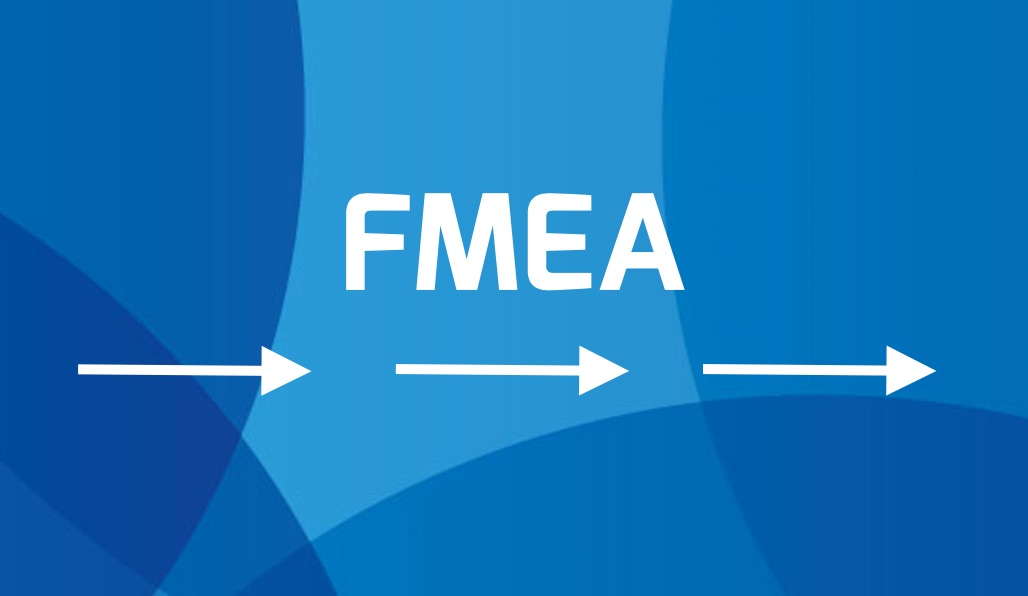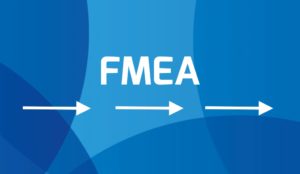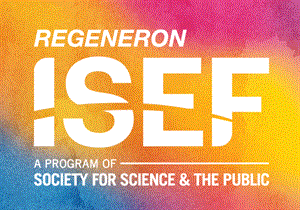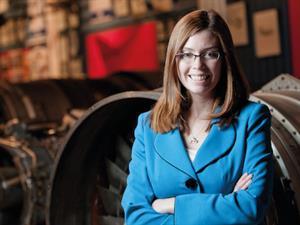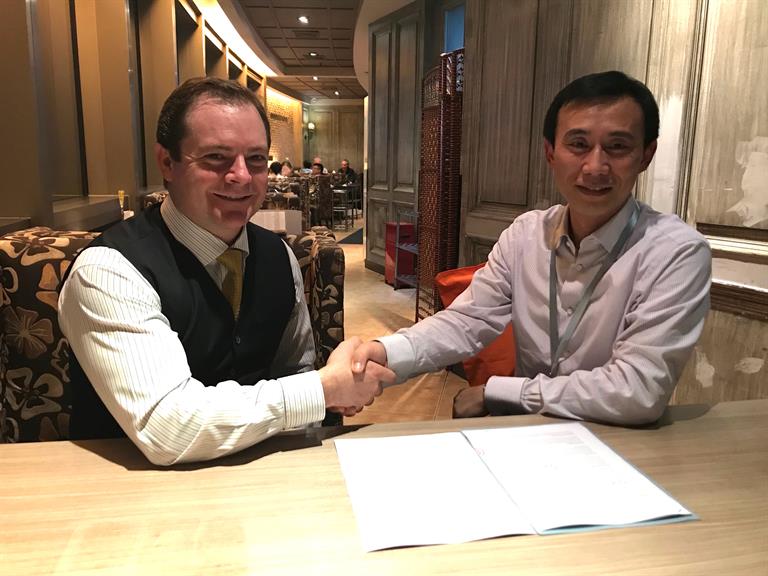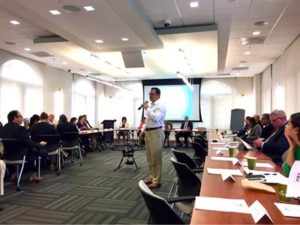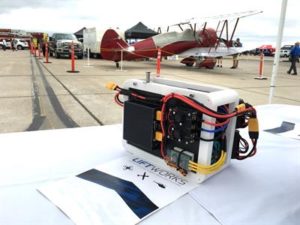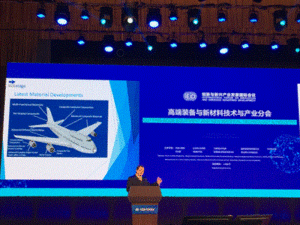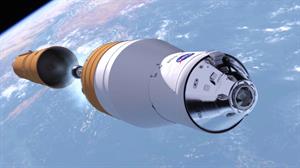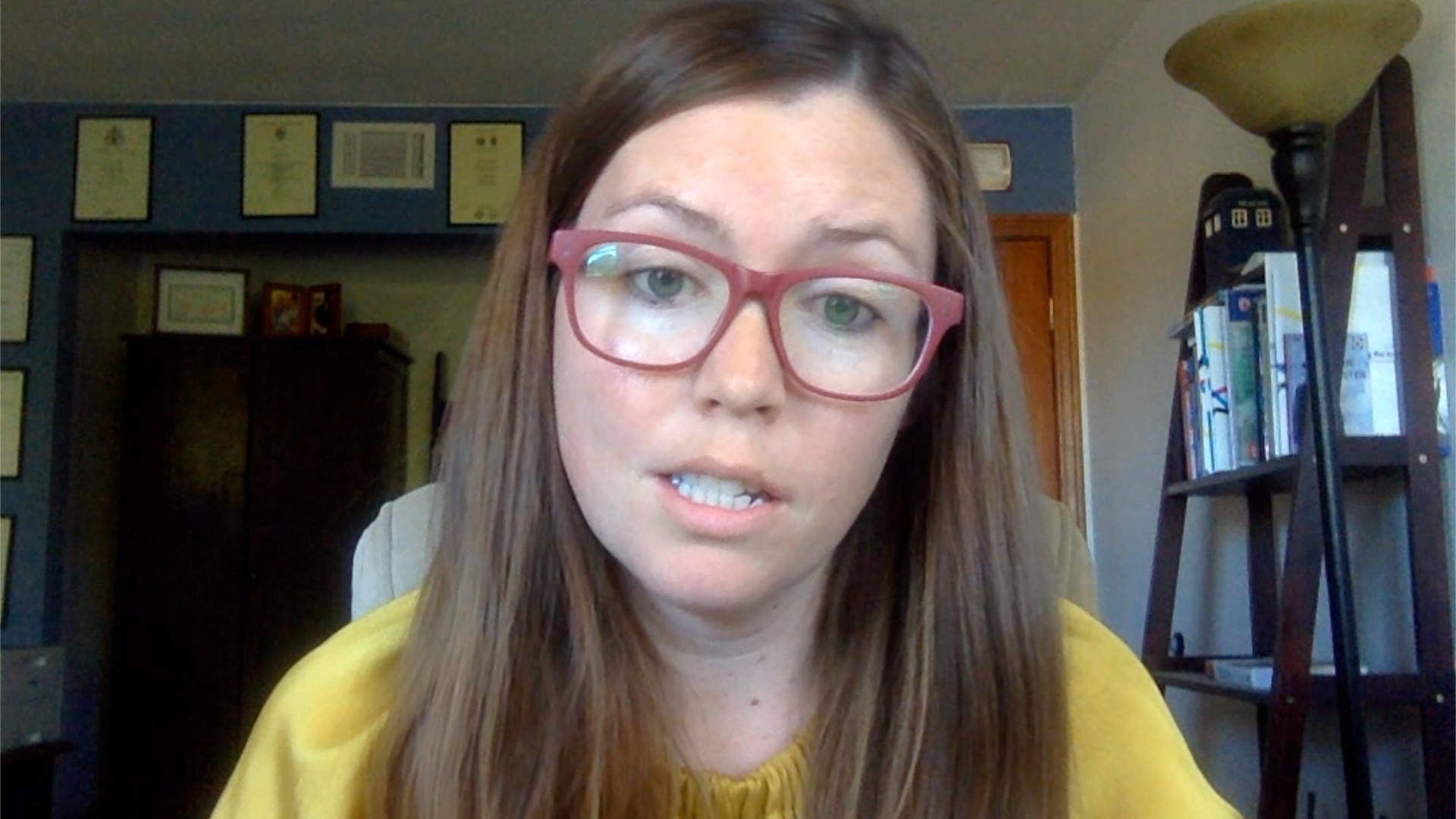
Don’t let opportunities pass you by to improve your business and bounce back in 2021 stronger than your pre-COVID self.
Line up more customers, a diversified portfolio less susceptible to inexpected disruption, and a more efficient operation that is more profitable and able to on-board projects more rapidly.
In the first of our KickStage Studio Series, Angela presents the Top 3 Actions you should be doing this year to come out of the 2020 downturn stronger in 2021 and beyond.
Transcripts & Links Below
Action 1: Reach New Customers
While somewhat obvious, we have some tips that we want to make sure you’re doing to be discovered by the industry.
Join industry groups listed below AND PRESENT
Present to your target audience and allow them to see your aptitude and capabilities, your enthusiasm and character, and simply discover you exist when you catch their attention with a topic that resonates with them. Here are three industry groups we recommend you join, engage with, and present to.
Aerospace & Defense Forum https://aerospacedefenseforum.org/
The A&D Forum is a industry community of genuine experts and fellow professionals that gather to share insights and help each other. The presentations are interesting and value-laden – and yours could be too.
AMP SoCal https://ampsocal.usc.edu/
Advanced Manufacturing Partnership for Southern California (AMP SoCal) has been a source of discovery for us – for technologies, trends, and for talented and capable companies in the industry that we are glad to know.
AUVSI https://www.auvsi.org/
If you’re in aerospace, you should also be in Unmanned Systems. There are many applications for your capabilities in the drone industry and AUVSI is one of the best places to be discovered.
Advertise in these publications
Aerospace Manufacturing & Design at aerospacemanufacturinganddesign.com
Become a member and advertise with SME at SME.org
Register with supplier databases and brokers such as KickStage at https://www.kickstageconsulting.com/supplier-registration
Action 2: Improve Your Operations
Take advantage of downtime to implement waste-reducing systems and processes to make it faster and cheaper to launch production of your next new order, and be more profitable when you do. You also want to operate in a way that is agile and familiar to the new industries you would like to appeal to.
Implement Cost-saving Technologies
Start your Smart Manufacturing & Industry 4.0 journey or take it to the next level. Implement our favorite solution for shop floor work instructions – VKS, available at KickStage, for faster and cheaper deployment of new products and processes to the shop floor. It’s low cost and pays for itself with the first operation that you deploy it on.
-
- Reduce learning curve for operators
- Reduce cycle time and waste on the shop floor
- Gain productivity insights out of the box
Implement Agile Practices & Agile Project Management
Make operations management leaner and faster, and reduce distraction of low priority items with concepts like KanBan, Scrum, and Sprint Planning. Start small and continuously improve and implement your Agile practices across the organization.
Develop Your 5-Year Strategic Plan
It’s easy to slip in to the habit of neglecting strategic planning due to the daily tactical demands of your business. So exploit any downtime that you have to undertake strategic planning and plot a trajectory for your business in the coming years.
Develop a Robust and Agile Load & Capacity Management Plan
OEMs report this as the leading weakness plaguing their suppliers. Strategic Load & Capacity Management is about cash management for your investment fund, and intelligent trending of your operations that can discern where your bottlenecks are and smooth out the volatility that OEMs cause.
Implement a Commercial-off-the-Shelf Virtual Team Collaboration Environment
We useAsanafor it’s ability to completely contain all of your team’s communication and collaboration cleanly and seamlessly without relying on email, tracking spreadsheets, or those dreaded Gantt charts.
A virtual digital platform also makes project management more efficient, less error prone, and easier to focus on what’s important. Especially now with the expansion of virtual teams, you gain a lot by moving your project management and team collaboration online.
Boost your organization’s breadth and capabilities with ‘Fractional Resources’
Depending on the size of your organization you can fulfill roles like:
- Supply Chain Managers
- Program Managers
- Manufacturing Engineers
- CFOs
- HR managers
…all for less than the cost of a full-time employee.
Besides saving money this also has the advantage of:
- Leveraging experts always in tune with the latest world-class strategies in their field
- Flexibility with no-long term commitments to select and flex resources at will
Action 3: Address a Parallel Industry
While it may not be obvious, your capabilities can always be applied to different industries.
Consider the example of one of our clients, Neopenda, who saw an emerging need to rapidly expand the health monitoring of COVID patients and with a simple adaptation of their neonatal health monitoring technology were able to pivot to a whole new customer base.
In aerospace, as previously mentioned, the Industrial drone industry and space industry are emerging rapidly and they don’t operate in the same industry groups and forums as most of the legacy aerospace OEMs and suppliers – despite needing very similar competencies and services from their supply chains. The drone services market size is expected to grow to over $60 billion by 2025.
Show off your capabilities at the most relevant drone industrial trade show, Xponential organized by AUVSI. There are also the Commercial UAV Expo, this year in Las Vegas in September, andInterdronein Dallas in August.
Attend the annual SpaceTech Expo in Long Beach, California in October to break into the Space industry, and the WesTec event in Long Beach in November which appeals to a wide range of manufacturing industries.
Register with Supply Chain Brokers and Received Suggested Customers to Target
Register with supply chain brokers and receive listings of prospective customers based on suggested applicability of your capabilities to alternative markets, a free service KickStage happily offers.
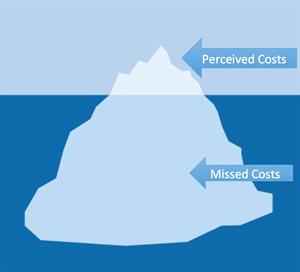


 The unprecedented impact of COVID-19 has been felt in some way by all industries around the world. Supply chains are disrupted, consumer behaviors are changing, and the ongoing volatility both in the direct virus impact and the political response does not look to end any time soon.
The unprecedented impact of COVID-19 has been felt in some way by all industries around the world. Supply chains are disrupted, consumer behaviors are changing, and the ongoing volatility both in the direct virus impact and the political response does not look to end any time soon.